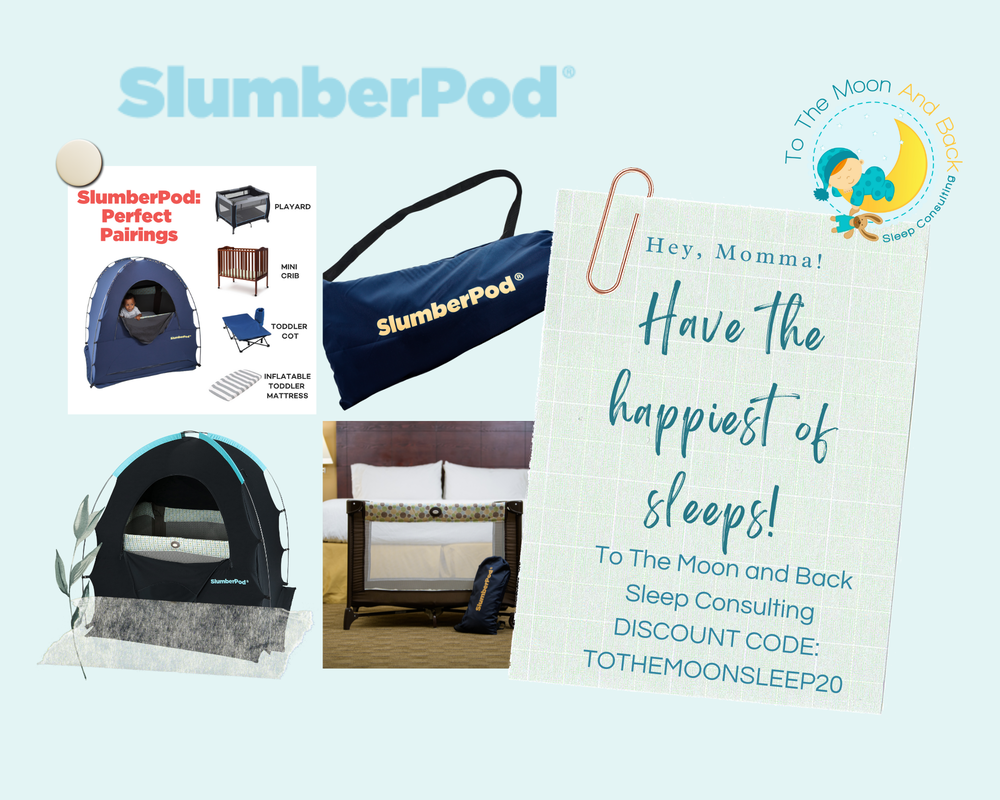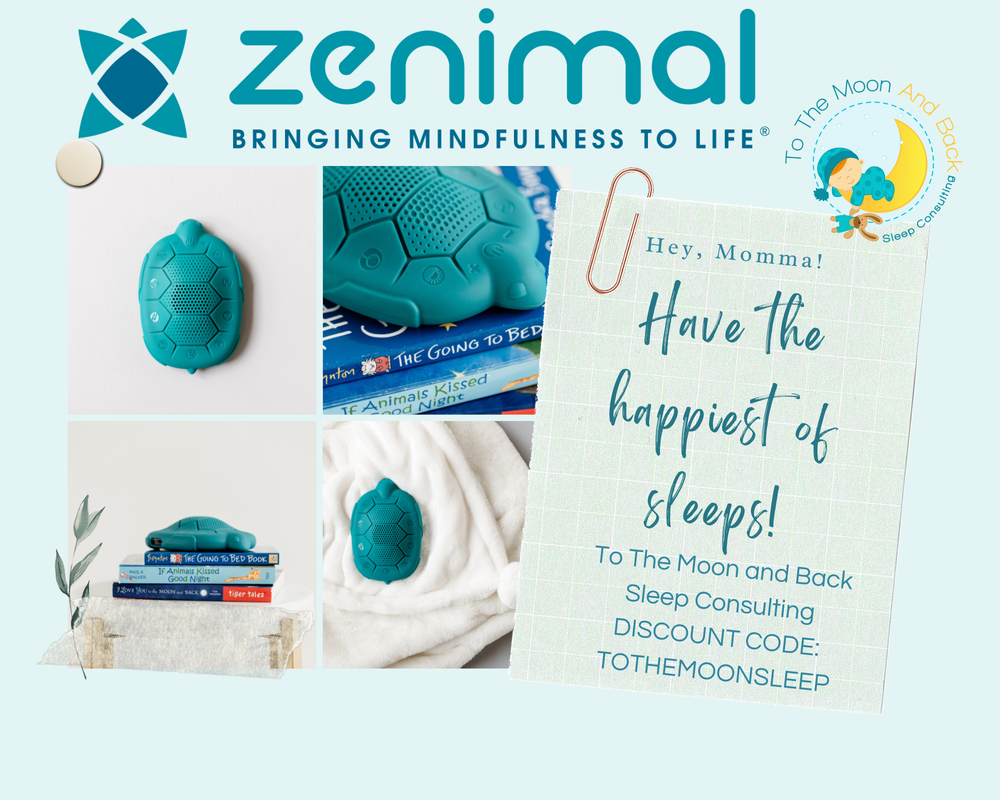|
Daylight savings starts each spring season and this year is shows up on Sunday, March 10, 2024.
When it's time to “spring forward” the clocks it can be a dreaded time for parents of young children because with this, comes an adjustment that does not happen immediately. This is because children tend to be more structured in their bedtime and wake up around the same time each morning and that is why people usually can see a greater effect on children when the time changes. However, there are some things you can do to help make the transition to the new time go a little smoother. My recommendation is to leave your clock alone Saturday night. Wake up Sunday morning, have breakfast, then go around your house and change your clocks. Psychologically, it will feel much better for everyone if you wait until Sunday morning to change the time. My best advice for children to help them with the change is to split the difference with the old time and the new time. How does that work? Hands up if this sounds familiar!!
Your fussy baby finally falls asleep for her afternoon nap and you sit down for a much needed moment to yourself only to hear a car with a broken muffler roaring down the street. Just like that, Sleeping Beauty is wide awake and mad; NOT a good combination. Or maybe you live in the country and you’re awoken at dawn by a wailing infant who has adorable (but ridiculously loud) birds chirping outside her window. Environmental noises are a fact of life that you can’t do much about! But there IS something you can do about your baby’s ability to sleep through the noise. In my experience, white noise machines can be a lifesaver when it comes to helping babies fall asleep and stay asleep. Why and which one do I recommend? .... It’s 2:00 AM, you’re sleeping peacefully in your bed, and you suddenly wake up; not entirely sure why, but as you start to gain awareness of your surroundings. You become aware, to your horror, that there’s someone in the room with you! You hear the sound of their voice, and they whisper those four words that chill every parent to the bone.
“Mom, I can’t sleep.” Fear of the dark usually starts to show up around the 2 to 3-year mark. As preschoolers’ minds mature, their memory gets longer, and their imagination develops. They’ve almost certainly taken a spill on the playground or had some kind of traumatic incident by this point, so they’re aware there are things out there that can hurt them. They’ve also probably seen a few movies or been read a few books that touch on a couple of spooky or eerie elements, even if they’re geared towards children. Where the Wild Things Are, for all of its charm, gave me a serious case of the willies when I was a preschooler. As adults, we’re experienced enough to recognize that the dark isn’t inherently dangerous (although if your preschooler tends to leave Legos lying around, you might argue to the contrary.) But for preschoolers, there’s no history to draw on to assure them they’re safe and secure after the lights go out. So my first and most important piece of advice when you’re addressing your little one’s fear of the dark is this… Don’t slough it off. Fear of the dark can be a tricky landscape to navigate. On the one hand, we absolutely want to show empathy and understanding when something frightens our kids. But, on the other, we don’t want to add fuel to the fire. This is why I’m not a big fan of “monster repellent” or nightly closet checks. Consider this scenario: You’re concerned, rationally or not, that there’s an intruder in your house. You mention it to your spouse, who hands you a can of pepper spray and, looks around the room, says, “Nope, I don’t see anyone. Anyways, I’m headed out for the night! Have a good sleep!” I mean, you might not file for divorce on the spot, but you’d consider it, right? So when we tell our kids, “Nope! No monsters here! Not that I noticed, anyway, so you’re all good,” it’s not nearly as soothing as you might think. It’s easy to see how they could interpret that as, “Yeah, there’s absolutely such a thing as monsters, they’re scary as hell, and they do tend to live in kids’ closets, but I don’t see one in there at the moment, so... y’know. Sleep tight! So that covers what I consider to be the wrong way to handle the situation. How about some advice on the right way to handle the situation? As I said earlier, dismissing your little one’s fears as irrational or unfounded isn’t all that helpful, so ask some questions when they express a fear of the dark. Digging into their concerns is beneficial in a couple of ways. First, it lets them know you’re taking them seriously, which is very reassuring. Second, it also helps you to assess what it is about the darkness that frightens them and allows you to address it. For example, if they tell you they’re seeing things moving around their room, it might be caused by shadows. Headlights from cars driving by can often shine enough light through curtains or blinds to throw shadows across the room. Coupled with a preschooler’s imagination, that can create some seriously intimidating scenes. In that situation, a nightlight or blackout blinds can be a quick, effective solution. Tip: Go for Both! They both have multiple benefits when it comes to preschoolers sleeping habits. If you’re going to use a nightlight, make sure it’s a warm colour. Blue lights may look soothing, but they stimulate cortisol production, which is the last thing we want at bedtime. Getting a device like the Hatch Baby Rest can help your preschoolers sleep in multiple ways. Setting the night light to a dim red colour can help with melatonin production, soothe some of these new night time fears and the Hatch can be used as a time-to-wake-up device (plus as a white noise machine which I always recommend). Blackout curtains also have multiple benefits when it comes to sleep strategies. The darker the room the better it is for your child's sleep. Try SleepOut Blackout Curtains; they are made of material that completely blacks out the light, it also helps to eliminate environmental noise from outside, and they help to regulate the temperature in your kiddos’ room. They are a phenomenal product! Use the code ToTheMoonSleep10 for a discount on your purchase. You're going to have to dig for information. Now, that’s a bit of a Utopian scenario. As you’re likely already aware, getting a clear, concise answer from a preschooler about anything is tricky. To a preschooler, “Paw Patrol” is a reasonable answer to “What do you want for lunch?” So you’ll likely have to work with slightly more obscure information, but we’re showing concern, which goes a long way here. For many preschoolers, bedtime is the only time of the day when they’re left alone. They’re either playing with friends, hanging close to their parents, or being supervised in some way, shape, or form by a grown-up. Bedtime is also the only time they’re exposed to darkness, so you can see how the two things together could easily cause some anxiety. Spend some time together in the dark. So the obvious (and super fun!) way to ease some of that apprehension is to spend some time together in the dark. Reading books under a blanket with a dim flashlight is a great activity. Some hide and seek with the lights out is tons of fun as well, just as long as you clear any tripping hazards out of the area you’re going to be playing in. (It doesn’t have to be pitch black. We just want to get some positive associations with low-light situations.) Shadow puppets are a great time, even though I’m personally terrible at them. Hide-and-Clap is a classic, but if you’ve ever seen The Conjuring, you’ll know why it might leave you with nightmares as opposed to your preschooler. A quick Google search will load you up with dozens of ideas, so pick two or three that you think your child will like, then let them choose one. This isn’t likely to be an overnight fix! But stay respectful, calm, and consistent. After your little one’s fears have been addressed and they’ve learned that the darkness is more fun than frightening, you’ll start seeing more consolidated sleep and fewer visits in the middle of the night. One last little tip, turning down the lights gradually as your little one’s bedtime approaches is an excellent way to ease them into a dark setting and also helps to stimulate melatonin production, which will help them get to sleep easier. Two birds, one stone. Parenting level: Master. One of the first things I ask my clients is if their little ones rooms are dark; and I mean is it 3 AM on a camping trip in the middle of nowhere dark? Is it as dark at 2 PM and 4 AM (in the summer months) as it is at Midnight in your child(ren)'s room? If not, that is one of my first recommendations, you need to make your little ones rooms black dark for all sleep situations, all year long. Having your child(ren)'s room dark has many benefits when it comes to sleep. Darkness can help prevent early morning wake ups, help prolong naps, as well as help to maintain much needed early bedtimes when the seasons change (and it's still daylight at 9pm); just to name a few. But it is clear that sleeping in darkness plays a much bigger role when it comes to our health. How? .... According to Richard G. "Bugs" Stevens (Professor, School of Medicine, University of Connecticut); "Today most people do not get enough sleep. The Centers for Disease Control and Prevention (CDC) has called insufficient sleep an epidemic. While we are finally paying attention to the importance of sleep, the need for dark is still mostly ignored. Being exposed to regular patterns of light and dark regulates our circadian rhythm. Disruption of this rhythm may increase the risk of developing some health conditions including obesity, diabetes and breast cancer." In addition Stevens points out that; "light regulates our sleep and wake patterns. The physiological processes that control the daily cycle of sleep and wake, hunger, activity levels, body temperature, melatonin level in the blood, and many other physiological traits are called the endogenous circadian rhythm." Why is this so important? Stevens goes on to explain that; "during the night, in the dark, body temperature drops, metabolism slows, and the hormone melatonin rises dramatically. When the Sun comes up in the morning, melatonin has already started falling, and you wake up. This natural physiological transition into and out of night is of ancient origin, and melatonin is crucial for the process to proceed as it should." Read Stevens full article here. So what do we do? BLACKOUT those windows!! Of course there are many ways to do this. Usually regular old blinds aren't enough. On a scale of 1-10; 10 being the darkest; your rooms should be a 10/10; this goes for your rooms as well Mom and Dad! For the longest time in my boys rooms I used to have regular blinds as well as blackout curtains with towels across the top of the curtain rods to stop the light from coming in along the ceiling and tinfoil along the outsides of the window pane to stop the sliver of light coming through from the blinds and curtains. Not the easiest of options, nor the most eye catching, lol, but it worked. They now have a great product on their windows that gives their rooms a 10/10 on the darkness scale all year round. My bedroom windows however, are lacking such status, they are pretty awful to be honest. I use a sleep mask to make it dark enough for sleep but that is getting tiresome. That is why I am so excited to try SleepOut Portable BlackOut Curtains. The reviews for this product are amazing, plus they are Canadian made! I cannot wait to get mine! Here's a little bit more about SleepOut Portable BlackOut Curtains from their website: "The patented, portable blackout curtain that completely darkens a room and installs anywhere for better sleep. Greenguard® and OEKO-TEX® certified free from harmful chemicals and substances." "The Sleepout Curtain’s fabric has the benefit of being thermal insulating. In the winter, reduce your heating cost and keep out the cold by having the Sleepout Curtain on your windows. On hot summer days, Sleepout’s white flocking backing will soak up the heat, letting you sleep in the proper cool, dark environment." Click the link below to get yours! Erin Neri About the AuthorI am the mother of two amazing little boys who did not come pre-programmed with the skills to sleep well independently. I knows how hard it is to function on little to no sleep, I understands how this impacts your ability to be the best version of the mom that you want to be. This is what led me to become a Certified Sleep Consultant and the founder of To The Moon and Back Sleep Consulting. I am also a member of the International Association of Professional Sleep Consultants. I have a background in Psychology and have worked with families and young children in many different settings for over 27 years. One of the best parts of my job is seeing the impact that TEACHING their little moon bugs healthy/independent sleep skills has on the momma's!! I have always been fascinated with home remedies.
Try rubbing aspiring on a bee sting! Quiet a colicky baby by running the vacuum cleaner! Swallow a teaspoon of sugar to cure your hiccups! I’m sure this fascination came from having an amazing grandmother who always recommended such things and being somewhat of a sickly kid myself. LOL! However, I know I am not alone in the quest for "natural remedies" after all there are a ton of books on the subject still available on Amazon today. One of the big selling points of cures like these is that they’re “natural.” Many people feel like their doctors are too quick to prescribe medications and feel like it's because of big Pharma kickbacks. People don't always want to a lab- designed chemical to solve the problem. They like the idea of using something readily available in nature. You know. Like penicillin. I should stipulate here that I’m not anti-pharmaceutical, nor am I anti-homeopathy. I feel that health decisions are something that should be carefully considered by the individual with the advice of their doctor. If probiotics improve your gut health, I say go for it. If you need serious medication to for a heart condition, then you should probably take that as well. However, anything you’re going to put in your body, and every bit as necessary, your child's body, should be evaluated for its efficacy and possible side effects, which is why I want to talk about melatonin again. A lot of homeopathic experts has touted melatonin as a safe, natural way of helping people get to sleep, and in many ways, that very is true, but there's a whole lot more to understand about it before you take it yourself or give it to your child. |
To The Moon and Back Sleep ConsultingProviding families the tools & support they need to get their little ones sleeping through the night and napping like champs! Everyone has more fun when they are well rested! Visit Wollino - Discount Code: TOTHEMOONANDBACK10
Browse
All
|
All information provided on this website, including texts, images, and other materials, are for informational purposes only and should not be considered a replacement for assessment or treatment by a healthcare provider.
© COPYRIGHT 2016-2024 TO THE MOON AND BACK SLEEP CONSULTING. ALL RIGHTS RESERVED. WAKING GIRL WEB DESIGN
© COPYRIGHT 2016-2024 TO THE MOON AND BACK SLEEP CONSULTING. ALL RIGHTS RESERVED. WAKING GIRL WEB DESIGN
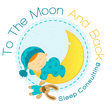
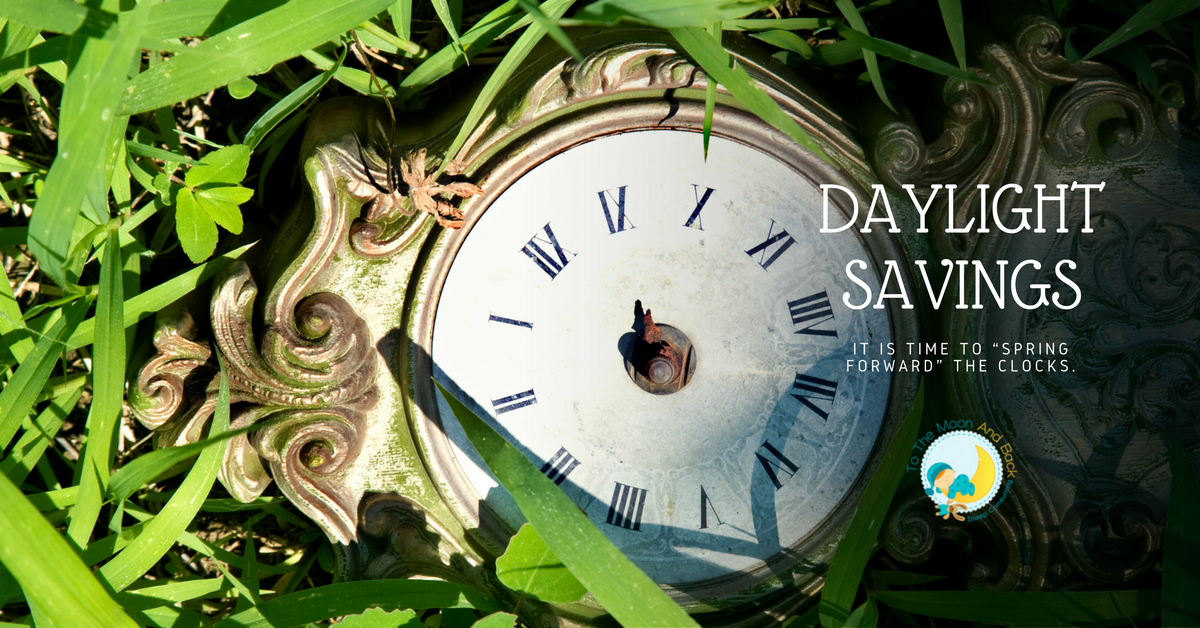
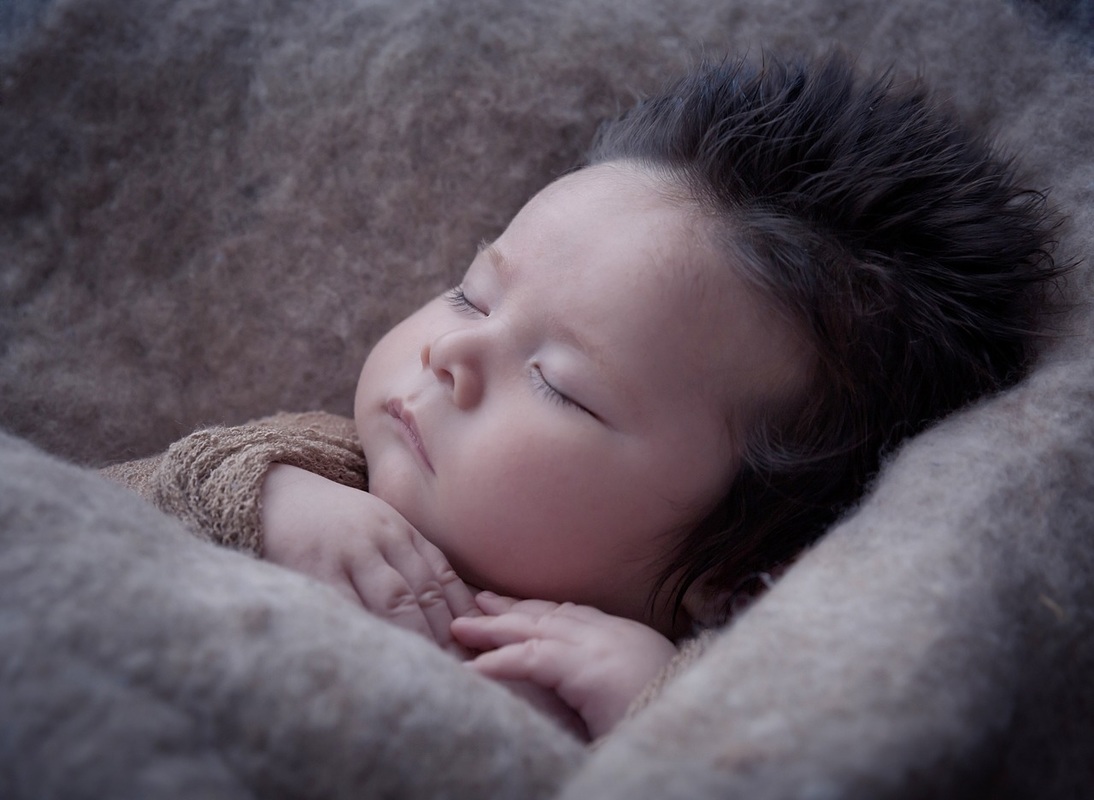
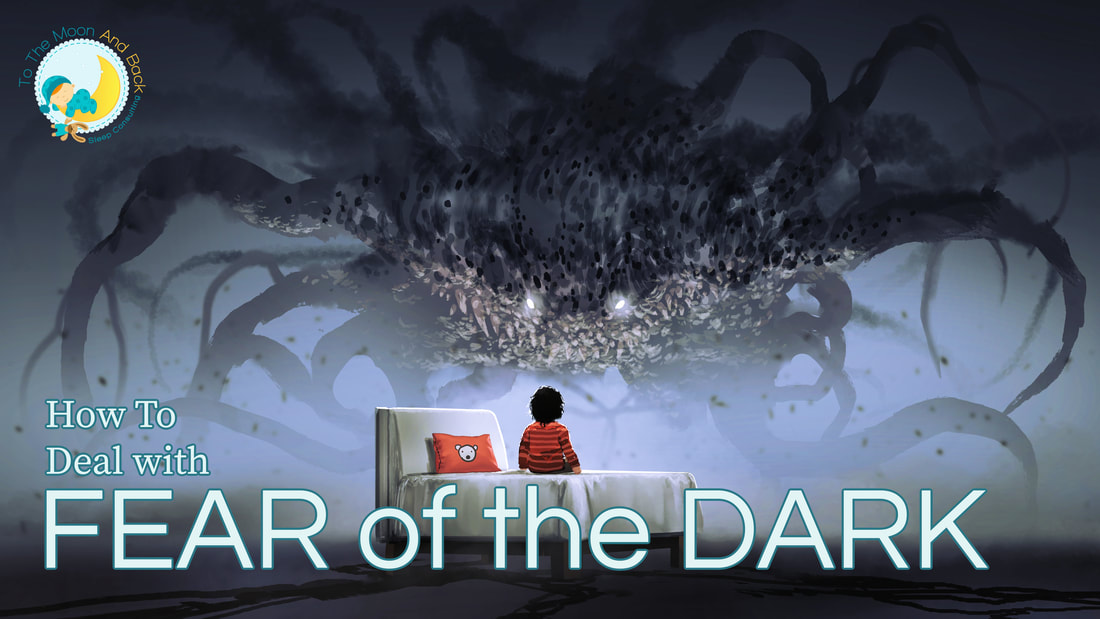


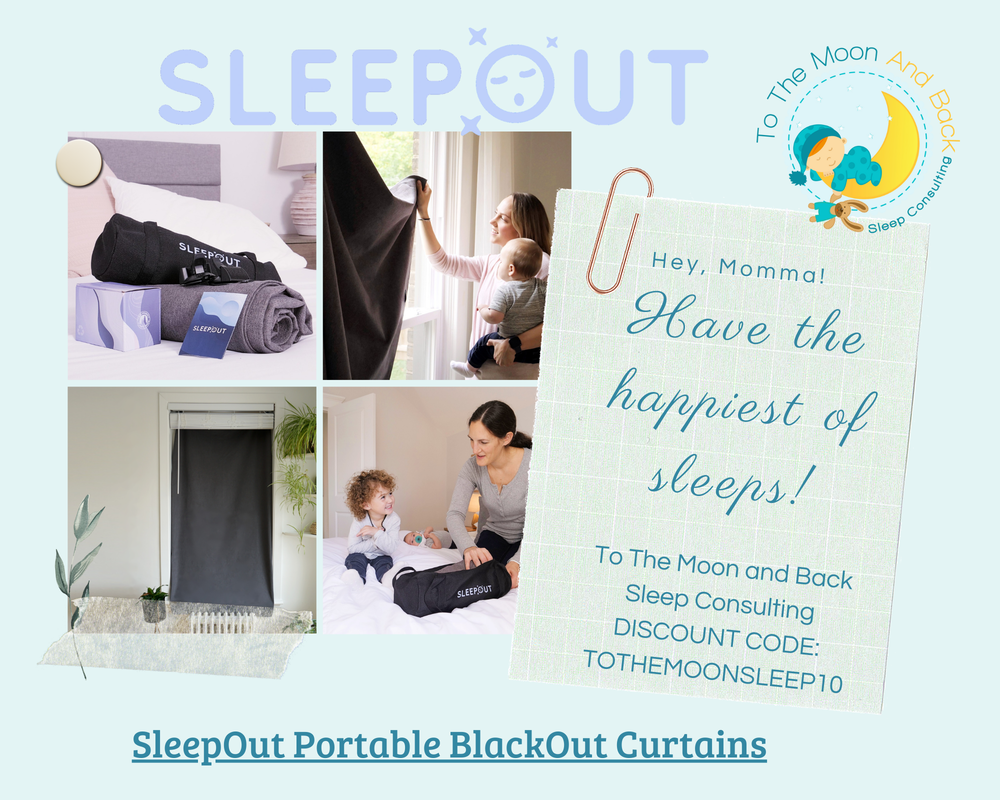


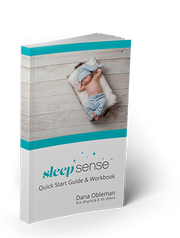



 RSS Feed
RSS Feed
